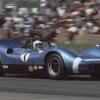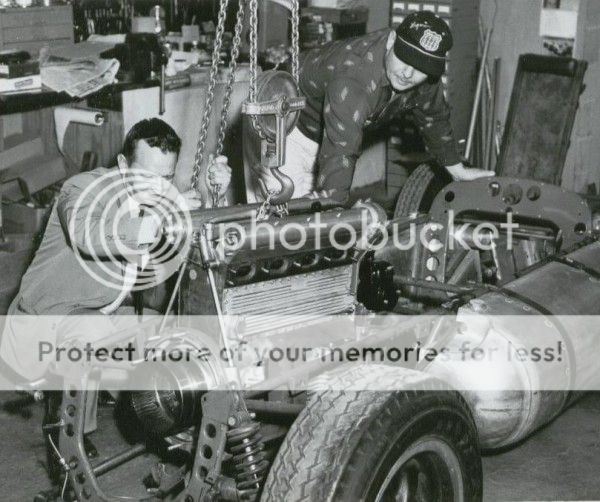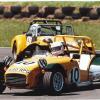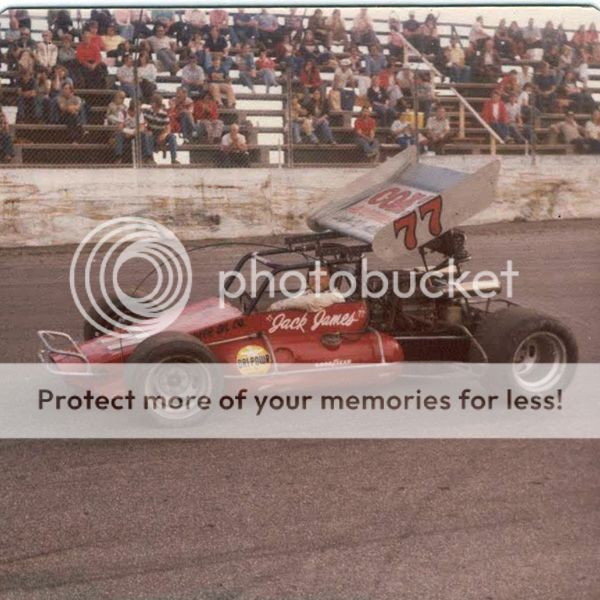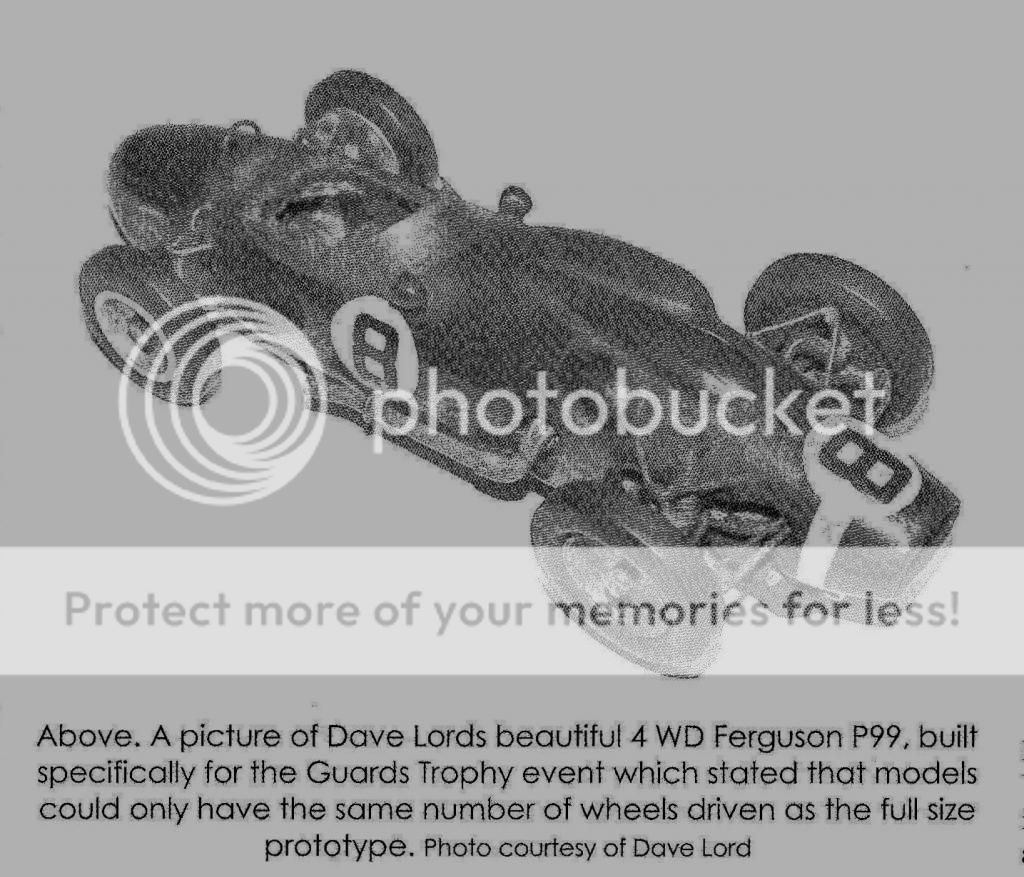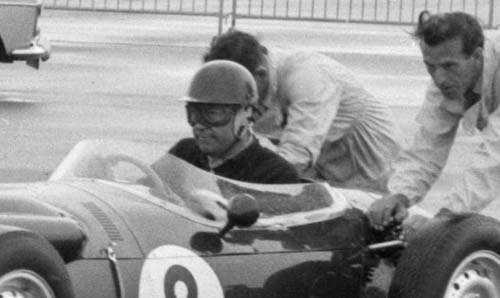The Ferguson P99-01, front engined four wheel drive Grand Prix car entered quite a number of different motorsport series during the period 1961-1964. These include:
Inter-Continental Formula.
July 1961: British Empire Trophy (Silverstone) Jack Fairman, retired 1 lap (2.5 litre)
Grand Prix.
July 1961: British Grand Prix (Silverstone) Jack Fairman/Stirling Moss, black flagged, 56 laps, push start (1.5 litre)
Non-Championship Formula 1 race.
September 1961: Gold Cup (Oulton Park) Stirling Moss, won race
(1.5 litre)
Tasman Formula
January/February 1963: Six races, three each for Graham Hill and Innes Ireland, best result 2nd (2.5 litre)
European Mountain Climbs
August 1963: Ollon-Villars, Jo Bonnier btd (new record 4'23.0") (2.5 litre)
RAC British Hillclimb Championship
1964: Peter Westbury won nine out of the fourteen rounds to win Championship (2.5 litre)
Also during August 1963 the Ferguson P99-01 (with 2.5 litre engine) was shipped to Indianapolis Speedway at request of Andy Granatelli (STP Team) to check out suitability of car prior to requesting the Ferguson factory to produce the Ferguson P104-Nova car for 1964 Indiianapolis 500 race. Jack Fairman and Bobby Marshman tested the P99 at Indianapolis, Bobby Marshman achieving average speed over 141mph.
So the P99 was driven in the contemporary events by a World Championship Grand Prix driver, Graham Hill, Four Grand Prix winning drivers Stirling Moss, Graham Hill, Innes Ireland, Jo Bonnier, and driven by six Grand Prix drivers, as with the four mentioned above, both Jack Fairman and Peter Westbury had taken part in GP's. Peter Westbury driving a works BRM P153 car in 1970 United States Grand Prix.
Has another Grand Prix car been driven in so many different formula's?


